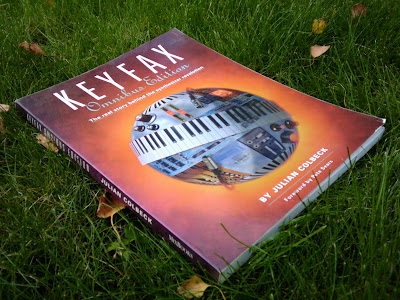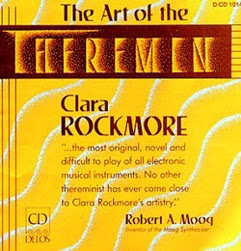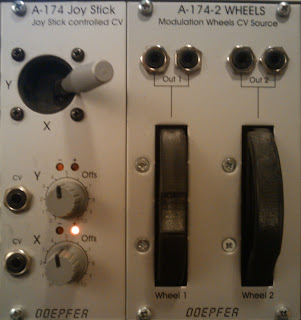Today exactly one year ago I started to write this blog, mainly because i could not find a lot of Doepfer user-info on the web. I was looking for a way to share my adventures in analog sound with others, and i looks like i found the right spot.
Sadly i don't have any budget for a give-away (like the wonderful Din Sync blog did) to thank you for visiting/ commenting/ interacting but i do appreciate all your input in this first (and certainly not last) year.
A few statistics:
Sadly i don't have any budget for a give-away (like the wonderful Din Sync blog did) to thank you for visiting/ commenting/ interacting but i do appreciate all your input in this first (and certainly not last) year.
A few statistics:
- A total number of 1000 unique visitors have visited this site so far
- Those visitors came from 77 different countries
- Those visitors came from 77 different countries
- Coincidentally today the site passed the 6000 pageviews too.
- Last months the site has an average of 1000 pageviews per month (but that includes my own too)
- About 30% of the unique viewers are from the USA, The Brits and the Dutch share a second place with around 10% of the total unique viewers each.
Very different are the numbers of my PatchPierre Mobile Nokia application users. Sadly this app doesn't generate an extreme lot of traffic to the actual site, but it did generate around 5% extra visits.
 A lot of them probably used it only once to try it out, but there is a steady group that keeps using the app., around 75 people each month.
A lot of them probably used it only once to try it out, but there is a steady group that keeps using the app., around 75 people each month.
There will be a couple of changes to the blog in the next few months. Due to my work i will have less time for the blog again this spring/ summer. I will not post every three days, like i did last 4 months, but i will try to post more than weekly. There are still plenty of modules to write about, and i believe i can't really write about the ones i haven't tried out by myself, but there's still enough stuff to come.
Let me know if you have special requests of topics that you would like to see discussed on the blog. Your input is always welcome, and i hope you will enjoy reading the blog in the next (few) year(s).
* PatchPierre Mobile stats provided by @wonderhelm
- Last months the site has an average of 1000 pageviews per month (but that includes my own too)
- About 30% of the unique viewers are from the USA, The Brits and the Dutch share a second place with around 10% of the total unique viewers each.
Very different are the numbers of my PatchPierre Mobile Nokia application users. Sadly this app doesn't generate an extreme lot of traffic to the actual site, but it did generate around 5% extra visits.
4592 people have downloaded and installed the application so far.
Most of the downloads happened in the counties where Nokia Symbian is a big platform, so most of them happened in India (1067 downloads - 23%), Saudi-Arabia (274 downloads - 6%),Turkey (5.3%),Brazil (4.7%) and Italy (4.3%).
Interesting to see that counties like the USA, Great-Britain and the Netherlands even had less installs than countries like Egypt, Thailand, Indonesia, Russian Federation, Libya, Vietnam and Mexico, to name a few 'odd' ones.*
 A lot of them probably used it only once to try it out, but there is a steady group that keeps using the app., around 75 people each month.
A lot of them probably used it only once to try it out, but there is a steady group that keeps using the app., around 75 people each month.So, if you read this blog on your Nokia app, feel free to click through to the real site if you don't want to miss any of the links.
Let me know if you would like to have a Nokia app for your own Blogspot blog... I have two apps in the OVI appstore already, and it is definitely worth it.
Let me know if you would like to have a Nokia app for your own Blogspot blog... I have two apps in the OVI appstore already, and it is definitely worth it.
There will be a couple of changes to the blog in the next few months. Due to my work i will have less time for the blog again this spring/ summer. I will not post every three days, like i did last 4 months, but i will try to post more than weekly. There are still plenty of modules to write about, and i believe i can't really write about the ones i haven't tried out by myself, but there's still enough stuff to come.
Let me know if you have special requests of topics that you would like to see discussed on the blog. Your input is always welcome, and i hope you will enjoy reading the blog in the next (few) year(s).
 |
My Wordle of one year in Tweets, via http://tweetstats.com |











